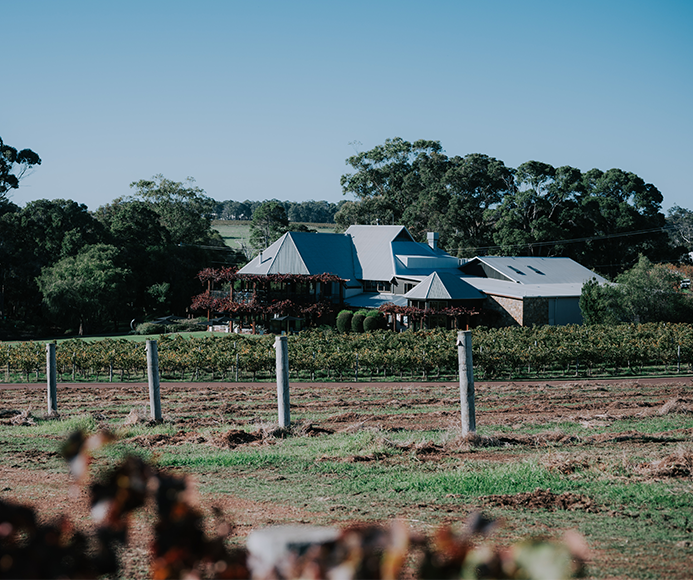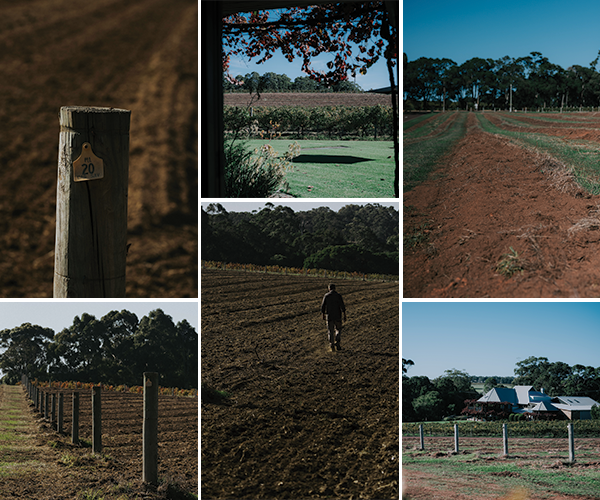1 July 2025 |
Vasse Felix
Replanting Tom’s M1 Plot | Home Vineyard

Preserving Legacy, Securing the Future
If you’ve visited our Estate recently, you may have noticed an empty plot in our Home Vineyard where vines once stood. This is Tom’s M1 plot and it’s currently being prepared for replanting. Previously planted to the Coonawarra SA125 clone Cabernet Sauvignon, this plot will soon be replanted with cuttings from Dr Tom Cullity’s original Cabernet Sauvignon vines, the same heritage stock behind our icon TOM CULLITY wine.
These cuttings are from a unique selection of the famed ‘Houghton’ clone. In fact, Dr Cullity’s vines predate the formal naming of the Houghton clone – making them a rare ‘clone within a clone’, an irreplaceable piece of history that exists only here. By using this original plant material, we are continuing a legacy nearly 60 years in the making.
The process we’re using is known as massal selection, where vineyards are replanted using cuttings from exceptional existing vines – in this case, the original Cullity plantings – on the same site or immediately adjacent.
Preparations began by removing existing vines, Coonawarra clone SA125 Cabernet Sauvignon, which was planted in the vineyard on its own rootstock in 2003. Prior to 2003, the plot was home to white varieties dating back to the early years – varieties ultimately deemed less suitable for this remarkable site. By returning Cullity’s original plant material to this soil, we are honouring both the legacy and the terroir that defined the beginning of Margaret River wine.
The site has since been deep ripped to break up compacted soil where the old vines once grew. Compost, lime and fertiliser have been incorporated into the rip lines, and a cover crop of oats and peas has been sown in the mid-rows – an important step in building organic matter and supporting soil health ahead of planting.
The new vines – Cabernet Sauvignon Houghton clone – have been grafted onto Richter 110 rootstock, selected for its drought tolerance and resistance to Phylloxera. Phylloxera is a grapevine aphid that attacks roots and can decimate regions. While Phylloxera is not present in Margaret River, it does exist in regions in New South Wales and Victoria. With increased visitation to our Estate, especially following the launch of direct flights between Busselton and major eastern cities, protecting our vineyards through strong biosecurity practices has never been more important. By adopting Richter 110, we are taking a proactive step to future-proof this important block and safeguard TOM CULLITY production for generations to come.
Richter 110, a hybrid American and European rootstock, closely mirrors Cabernet Sauvignon in its physiological behaviour and has natural vigour, similar to Cabernet – which is ideal for our dry-grown approach.
We plan to plant the new vines – which have already been grafted (the rootstock with cuttings), in spring this year. They will take approximately 2-3 years to establish.
The replanting of Tom’s M1 marks a powerful convergence of heritage and innovation – a tribute to our beginnings and a commitment to our future.
Help us to protect these precious vines as they establish and please avoid walking in the vineyards.


